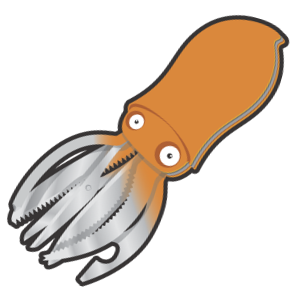Synthesis Using Analytic Models
The tutorial uses Camino to synthesize diffusion-weighted MRI data with the white matter analytic models (see list). The method is explained in detail in (Panagiotaki et al NeuroImage 2011, doi:10.1016/j.neuroimage.2011.09.081). Please cite that paper and the usual Camino ISMRM abstract if you use this.
The following example synthesizes data using the three-compartment model "ZeppelinCylinderDot", which has an intra-axonal compartment of single radius, a cylindrically symmetric tensor for the extra-axonal space and a stationary third compartment.
Example:
datasynth -synthmodel compartment 3 CYLINDERGPD 0.6 1.7E-9 0.0 0.0 4E-6 zeppelin 0.1 1.7E-9 0.0 0.0 2E-10 Dot -schemefile 59.scheme -voxels 1 -outputfile ZCD.Bfloat
Example with crossing fibres using the BallStickStick model:
datasynth -synthmodel compartment 3 BALL 0.4 1.7E-9 Stick 0.3 1E-9 1.2 -4.5 Stick 1E-9 0.0 0.0 -schemefile cross.scheme -voxels 1 -outputfile BSScross.Bfloat
Please note that after the name of the compartment we give the value for volume fraction of this compartment f1. If we synthesize two-compartment models we do not need to give the f2, and similarly if we synthesize three-compartment models we do not give the f3, just f1 and f2 right after the name of that compartment, before the list with the compartment parameters.
Below we list all the compartment models with their parameters that can be used for data synthesis. Please note that you have to keep the ordering of the parameters as it appears here.
List of compartment models in Camino
Intra-axonal:
- Stick: d, theta, phi
- CylinderGPD: d, theta, phi, R
- Gammadistribradiicylinders: k, beta, d, theta, phi
Extra-axonal:
- Ball: d
- Zeppelin: d, theta, phi, d_perp
- Tensor: d, theta, phi, d_perp1, d_perp2, alpha
Isotropic restriction compartments:
- Astrosticks: d
- Astrocylinders: d, R
- SphereGPD: d, Rs
- Dot: -

